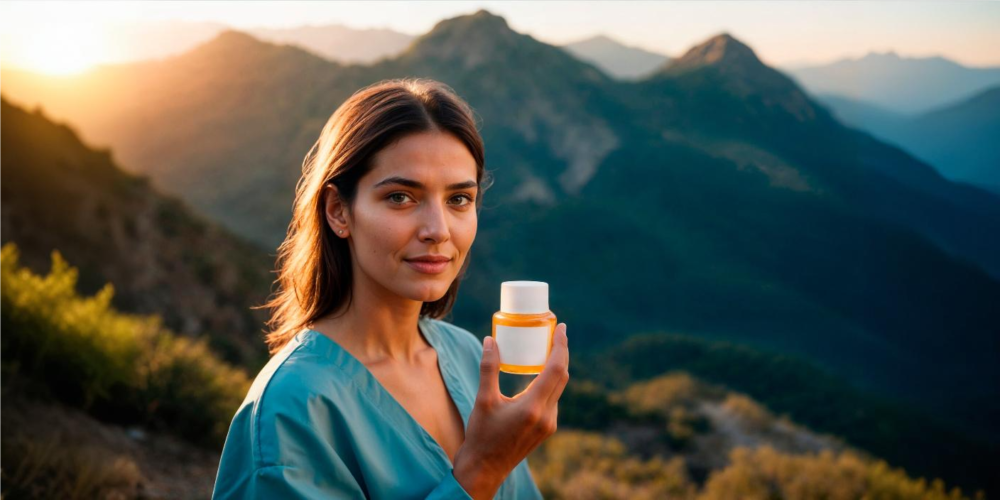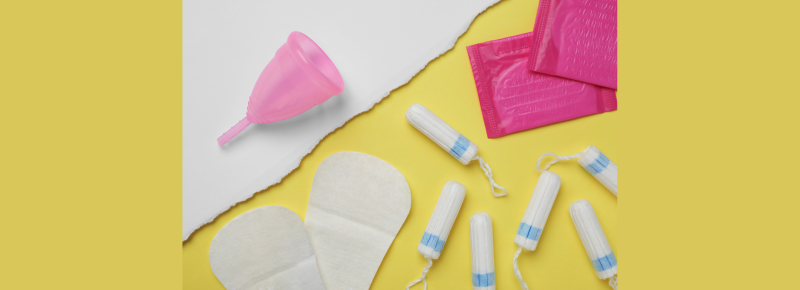Latest
Fact-check : 5 prevalent myths about skin donation
Author
Author
- admin / 3 years

- 0
- 3 min read

Author
Dr Maneesh Singhal, Professor, and Head of the Department of Plastic Surgery at All India Institute of Medical Sciences (AIIMS), New Delhi, India, helps debunk common misconceptions about skin donation.
Skin donation, once a seemingly sci-fi concept, has now become a crucial aspect of modern medicine. However, there are some common myths surrounding skin donation that need to be addressed. Dr Maneesh Singhal, Professor and Head of the Department of Plastic Surgery at All India Institute of Medical Sciences (AIIMS), New Delhi, India, helps First Check to sift facts from fiction.
Myth 1: Skin donation is a painful process for the donor.
Skin donation is typically performed posthumously. That is, after the donor has passed away. “They do not experience any pain during the donation process. The procedure is conducted in a sterile environment by trained medical professionals who ensure that the donor’s body is treated with care throughout the process,” says Dr Maneesh.
Myth 2: Donating skin will disfigure the donor’s body.
Trained surgeons carefully perform the skin donation procedure, usually taking skin from areas such as thighs, legs, and back. It does not cause any bleeding or disfigurement. “A special instrument called dermatome is used to harvest (remove) only a thin layer of skin, comprising the epidermis (top layer) and a part of the dermis (the middle layer). After harvesting the skin, the affected areas are covered with bandage,” informs Dr Maneesh.
Myth 3: Only young and healthy individuals can donate skin.
While young and healthy individuals are often preferred as skin donors, it does not mean that only they can donate skin. “Each skin donation is evaluated on a case-by-case basis, taking into consideration factors such as the donor’s medical history, cause of death, and the condition of the skin,” says DR Maneesh. “Skin from individuals of various ages and health conditions can potentially be used for grafts, provided it meets the necessary suitability criteria,” he adds.
Myth 4: Open-casket funerals are not possible for skin donors.
The skin donation procedure is carefully performed to minimise visible scarring and disfigurement. “While there may be some temporary post-donation changes, such as mild bruising or discolouration, these can be managed, and the donor’s body can still be presented for an open casket funeral, if desired,” affirms Dr Maneesh.
Myth 5: Skin donation only benefits burn victims.
Skin donation has a wide range of medical applications. While skin grafts are commonly used for burn victims, they are also utilised for chronic wounds, surgical reconstruction, and patients with skin loss due to trauma or disease. The versatility of skin grafts allows them to be valuable for various procedures, improving the quality of life for patients with diverse conditions.
It is important to dispel myths and misconceptions about skin donation in order to encourage informed decisions and promote this life-saving process. Skin donation can significantly impact the lives of patients and contribute to medical research and advancements.









